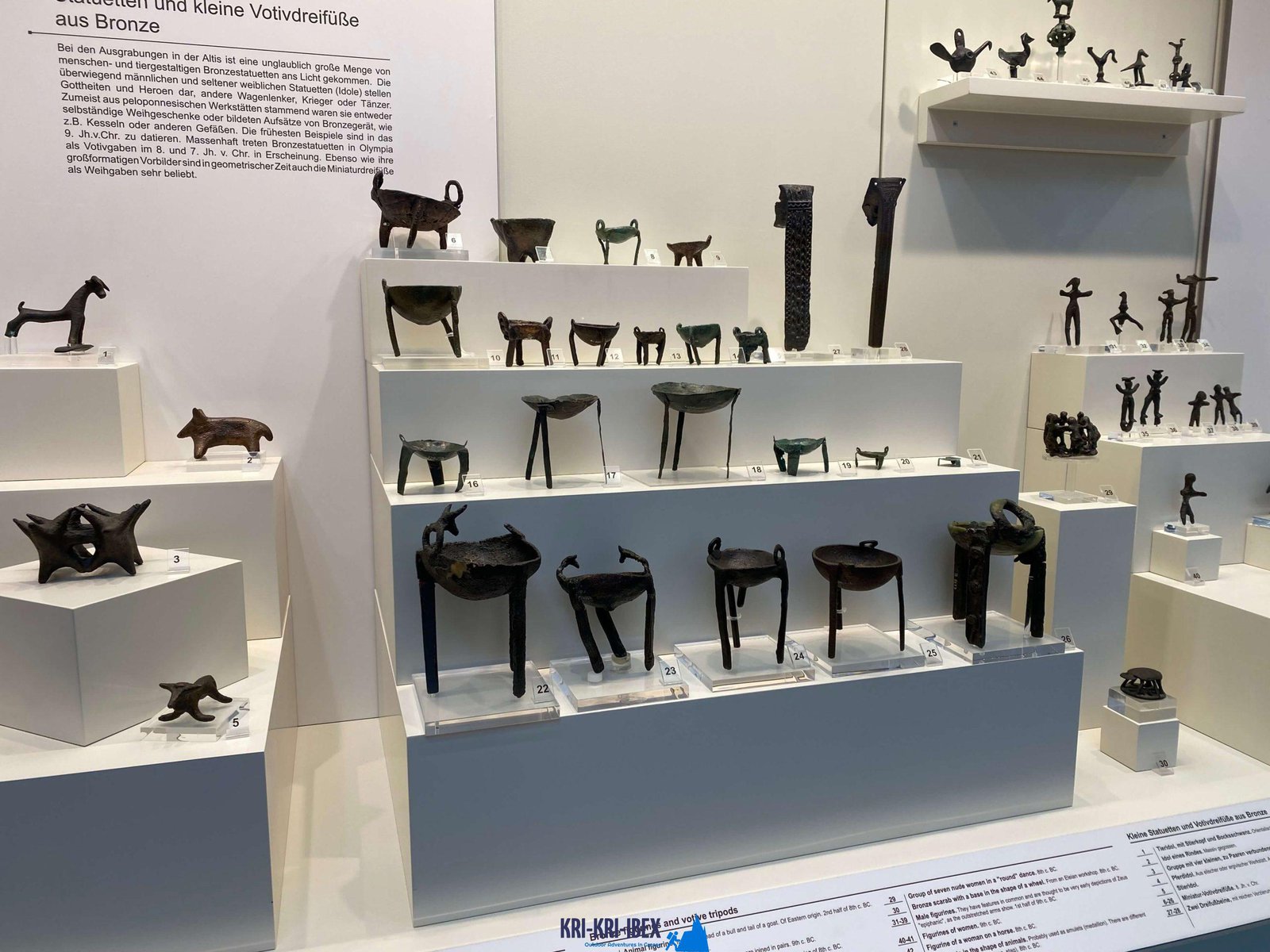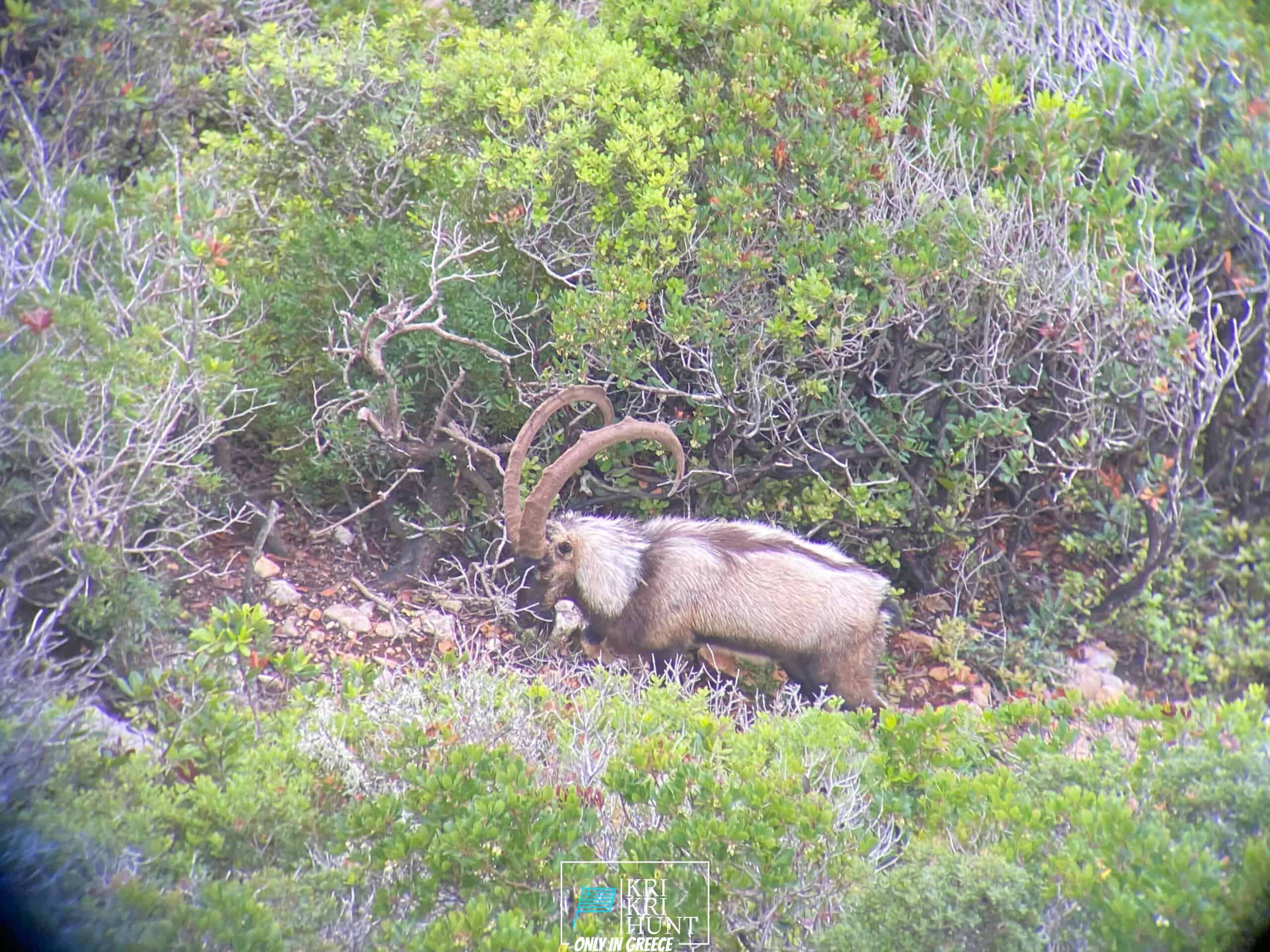Live out your kri kri ibex searching dreams in Sapientza, Greece!
Live out your kri kri ibex searching dreams in Sapientza, Greece!
Blog Article

Hunting for Kri Kri ibex in Greece is a wonderful trip experience. It is not constantly a difficult search or an unpleasant experience for a lot of seekers. You can experience old Greece, shipwrecks, as well as spearfishing throughout 5 days hunting for stunning Kri Kri ibex on an exotic island. Exists anything else you would certainly such as?

The kri-- kri ibex, occasionally called the Cretan goat or Agrimi (after an old region of Greece), is a wild goats that populates eastern Mediterranean. When you discover concerning its distinct history, it made use of to be considered simply an additional subspecies in this location however it's even more than fulfills expectations! The Ibex is NOT a petite form of the Bezoar Ibex, which has migrated into this range. The kri-- kris (Capra aegagrus cretica), sometimes called Cretan goats or Agrimi, are feral goat that inhabit many parts in Eastern Mediterranean formerly considered as subspecies for wild goats; but current research studies show they're not in fact related and should be recognized individually from any others species within genus Caprinae. The kri-kri is not thought to be native to Crete, probably having been imported to the island during the time of the Minoan human being. The kri-kri ibex of Crete are thought to be an import from somewhere else, but they have just been discovered on this one island. It was common throughout the Aegean yet the peaks of the 8,000 ft (2,400 m) White Mountains of Western Crete are their last strongholds-- specifically a collection of virtually vertical 3,000 ft (900 m) high cliffs called 'the Untrodden'-- at the head of the Samaria Gorge. This range of mountains, which organizes another 14 native to the island pet varieties, is protected as a UNESCO Biosphere Reserve. In total, their array extends to the White Mountains, the Samaria National Forest and the islets of Dia, Thodorou, and also Agii Pandes.
To many individuals, The Peloponnese peninsula on the Greek Mainland is the 'genuine' Greece, where points have not changed a lot whatsoever over the centuries although that many individuals have uncovered it. This is an area where you can easily spend a month or even more yet if you are short promptly then our hunting as well as visiting Peloponnese Tours from Methoni is a wonderful solution. This covers a massive quantity of ground to some of Europe's the majority of amazing websites in simply 5 days. You really will not think what you see! Whilst the Peloponnese is home to some of the most effective coastlines in Greece there are numerous points to do as well as see that it is really a year-round location. Whilst Summer is the optimal time to spend at the falls and beaches, Spring and also Autumn are exceptional for hiking and checking out Ancient Ruins, Caves and Archeological websites. Also wintertime is enticing as much of the towns and towns get some snow, particularly in the mountains, as well as the stone architecture and wineries offer themselves to cosy minutes by an open fire. The covered dishes as well as typical wintertime food is passionate and also scrumptious. Despite what time of year you select you will certainly discover the crowds extremely convenient as well as in many locations, non-existent.
If you are looking for a genuine Greek experience away from the hustle and also bustle of tourism after that look no additionally than Methoni in The Peloponnesos! Our outside searching for Kri Kri ibex, fishing, complimentary diving as well as visiting Peloponnese excursions from Methoni are the best method to discover this gorgeous area at your very own rate with like minded people. Get in touch with us today to schedule your place on one of our excursions.
What is the diference between Kri Kri ibex, Bezoar ibex and hybrid ibex
The kri-kri is not thought to be indigenous to Crete, most likely having been imported to the island during the time of the Minoan civilization. Nevertheless, it is found nowhere else and is therefore endemic to Crete. It was common throughout the Aegean but the peaks of the 8,000 ft (2,400 m) White Mountains of Western Crete are their last strongholds–particularly a series of almost vertical 3,000 ft (900 m) cliffs called ‘the Untrodden’—at the head of the Samaria Gorge. This mountain range, which hosts another 14 endemic animal species, is protected as a UNESCO Biosphere Reserve. In total, their range extends to the White Mountains, the Samaria National Forest and the islets of Dia, Thodorou, and Agii Pandes.
This Ibex is NOT a diminutive form of the Bezoar Ibex, which has migrated into the western-most reach of the range of this species. The kri – kri (Capra aegagrus cretica), sometimes called the Cretan goat, Agrimi, or Cretan Ibex, is a feral goat inhabiting the Eastern Mediterranean, previously considered a subspecies of wild goat. The kri-kri has a light brownish coat with a darker band around its neck. It has two horns that sweep back from the head. In the wild they are shy and avoid tourists, resting during the day. The animal can leap some distance or climb seemingly sheer cliffs.
“The agrimi goat Capra aegagrus cretica is unique to Crete and its offshore islands. It has been identi®ed as a sub-species of the wild bezoar goat Capra aegagrus aegagrus Erxleben, 1777, which it closely resembles in horn shape, body form and coloration. This classi®cation has been disputed by some researchers who claim that the agrimi are feral goats, derived from early domestic stock brought to the island by the ®rst Neolithic settlers. In order to clarify this issue, DNA analyses (cytochrome b and D loop sequences) were carried out on tissue of live and skeletonized agrimi and compared to sequences of wild and domestic caprines. Results conclusively show the agrimi to be a feral animal, that clades with domestic goats (Capra hircus) rather than with wild Asiatic bezoar. This study demonstrates that morphometric criteria do not necessarily re¯ect genetic af®nities, and that the taxonomic classi®cation of agrimi should be revised.”
Report this page